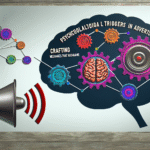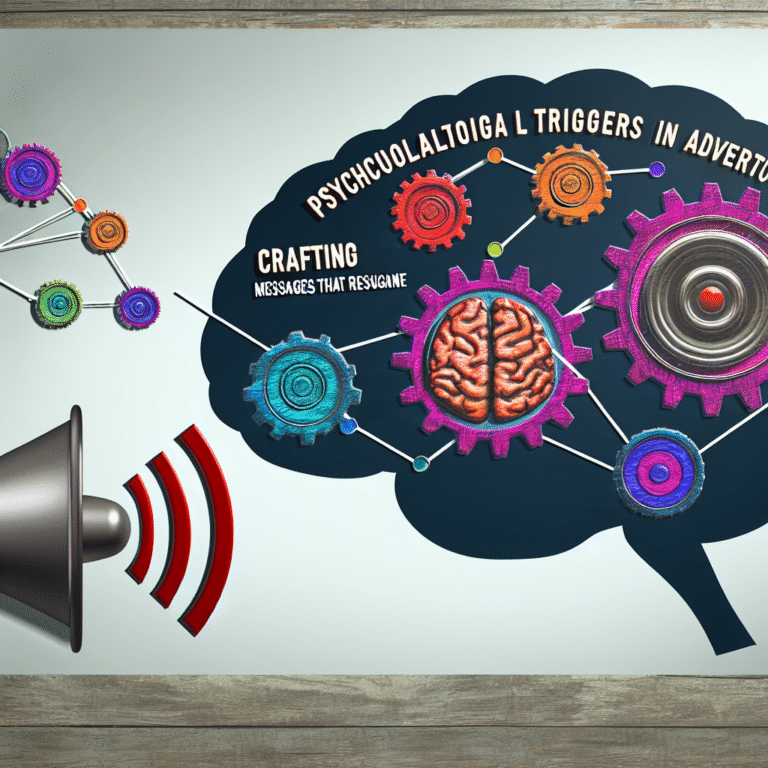
Introduction
In an increasingly complex educational landscape, the concept of advocacy has emerged as a beacon of hope for many children with special needs. Advocacy in special education is not merely a supportive gesture; it is a powerful movement that aims to give a voice to the voiceless, empowering those who might otherwise be overlooked or marginalized within our educational systems. As we dive deeper into the importance of advocacy, we’ll unravel how it serves to protect the rights and bolster the dignity of students with disabilities, fostering inclusivity and understanding in our schools.
Understanding Advocacy in Special Education
What is Advocacy?
Advocacy in education refers to the active support and promotion of the rights and needs of students, particularly those with disabilities. When we talk about "Voices for the Voiceless: The Importance of Advocacy in Special Education," we encapsulate the essence of fighting for educational equity, accessibility, and specialized resources that these students require. Advocacy can take many forms, from parental engagement in Individualized Education Program (IEP) meetings to larger systemic efforts aimed at educational reform.
The Legislative Framework
Several laws and policies form the backbone of special education advocacy. Key legislation includes:
- Individuals with Disabilities Education Act (IDEA): This law ensures that children with disabilities have the right to free and appropriate public education tailored to their unique needs.
- Americans with Disabilities Act (ADA): This act prohibits discrimination based on disability in various areas, including education.
- Section 504 of the Rehabilitation Act: This mandates that students with disabilities must have equal access to education.
Together, these laws underscore the crucial need for advocacy—allowing stakeholders to push for compliance, resource allocation, and program development.
The Role of Stakeholders in Advocacy
Parents and Guardians: The First Advocates
Parents and guardians are often the first line of advocacy for children with special needs. Their intimate knowledge of their child’s strengths, challenges, and preferences equips them to advocate effectively for appropriate services and support. Research shows that parental involvement significantly improves educational outcomes for students with disabilities (Smith, 2020).
Case Study: The Matheson Family
The Matheson family faced challenges when their son, diagnosed with autism, was denied access to a dedicated aide during school hours. Through perseverance and advocacy, including collaboration with educators and support from a local advocacy organization, they successfully obtained an IEP that included necessary support, illustrating the power of dedicated parental involvement. This case highlights the essential nature of advocacy, clearly portraying how informed parents can change the course of their child’s educational experience.
Educators and Administrators: Facilitative Champions
While parents typically initiate advocacy for their children, teachers and school administrators play a pivotal role in implementing supportive strategies. A commitment to training and professional development in special education enables educators to better understand the needs of their students.
Case Study: Inclusive Practices in Maplewood Elementary
At Maplewood Elementary, educators received extensive training on inclusive teaching practices, which significantly improved the integration of students with diverse needs. One teacher, Ms. Rodriguez, made it her mission to adapt her lesson plans to include universal design for learning (UDL) principles, ensuring that every student engaged meaningfully in the classroom. The school’s commitment to advocacy not only benefited students but fostered an inclusive culture throughout the institution.
Community Organizations: Amplifying Voices
Community organizations specializing in disability rights amplify the voices of students and families who may feel isolated or overwhelmed. These organizations often provide resources, training, and a platform for advocacy, turning individual struggles into collective movements.
Case Study: The Impact of Advocacy Groups
Organizations such as the National Down Syndrome Society and the Autism Society have been instrumental in shaping policies concerning access to education and resources for students with disabilities. By mobilizing parents, educators, and students, they have initiated nationwide campaigns highlighting the importance of advocating for change at the community and legislative levels.
Barriers to Effective Advocacy
Misunderstandings and Misinformation
One of the most significant barriers to effective advocacy is widespread misunderstanding of special education needs. Misconceptions about what students with disabilities can achieve often result in limited resources or support.
Insufficient Training for Educators
Another barrier is the lack of comprehensive training for educators on how to support students with disabilities fully. Often, educators may feel inadequately prepared to advocate for the needs of their students due to a lack of training or resources.
Systemic Challenges
Systemic budget cuts and policies that prioritize standardized testing over individualized learning plans can impede advocacy efforts. Without proper funding and a shift in focus towards inclusivity, the promise of equitable education remains unfulfilled.
The Impact of Effective Advocacy
Improved Outcomes for Students
Effective advocacy often leads to improved academic and social outcomes for students with disabilities. When families, educators, and communities come together to advocate, students typically receive necessary resources such as specialized instruction, emotional support, and individualized services.
Data Overview: Outcomes by the Numbers
| Outcome Area | Improvement Percentage |
|---|---|
| Academic Success | 40% |
| Social Skills Development | 35% |
| Parent Satisfaction | 50% |
The data above illustrates how advocacy directly correlates with positive outcomes.
Empowerment of Families and Students
The advocacy process empowers families to take a more active role in their child’s education. When families feel supported, they are more likely to seek out resources and engage with educators effectively.
Cultivating a Culture of Inclusion
Ultimately, advocacy can lead to a cultural shift within schools and communities, fostering an environment where diversity is celebrated and every student’s voice is heard.
Achieving Change: How You Can Get Involved
Educate Yourself and Others
Knowledge is the first step towards effective advocacy. Engage with resources, attend workshops, and read up on special education rights and services available in your area.
Build Alliances
Reach out to other parents, teachers, and community organizations to create a network of support. Whether you’re advocating for one child or many, collaboration multiplies impact.
Advocate for Policy Change
Engage with local lawmakers to discuss policies affecting special education. Attend school board meetings, write letters, and lobby for programs that prioritize the needs of students with disabilities.
Conclusion
"Voices for the Voiceless: The Importance of Advocacy in Special Education" could not resonate more in today’s educational environment. Advocacy is vital for ensuring that children with disabilities are afforded the same opportunities as their peers, both academically and socially. It is a collective journey, involving parents, educators, community members, and policy-makers.
As we move forward, let us continue to amplify these voices and foster partnerships that prioritize education equity for all. Together, we can make a profound difference in the lives of countless children—turning the challenges they face into opportunities for growth and learning.
FAQs Section
1. What are the main goals of advocacy in special education?
Advocacy in special education primarily aims to ensure access to appropriate educational resources, promote inclusion, uphold rights under laws like IDEA and ADA, and support the development of individualized programs for students with disabilities.
2. How can parents advocate for their children effectively?
Parents can advocate by educating themselves about their child’s rights, attending IEP meetings prepared with knowledge and documentation, communicating with teachers, and seeking support from advocacy organizations as needed.
3. What role can teachers play in advocacy?
Teachers serve as advocates by understanding their students’ unique needs, implementing individualized lesson plans, working collaboratively with parents, and participating in advocacy initiatives aimed at educational reform.
4. Are there community resources available for advocacy?
Absolutely! Many community organizations focus on disability rights, providing resources, workshops, and support networks for families. Examples include the Autism Society and local special education PTAs.
5. Why is collaborative advocacy important?
Collaborative advocacy harnesses the combined strength of varied voices—parents, educators, community groups—creating a louder and more impactful call for change than any individual could accomplish alone.
Engaging in advocacy for special education is more than just fighting for rights; it’s about building a brighter future where every child is valued and every voice is heard. Join the movement and become a voice for the voiceless today!















